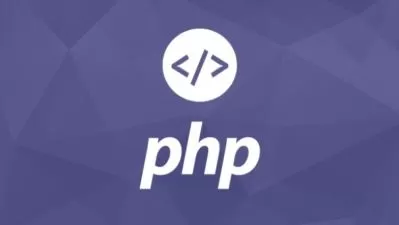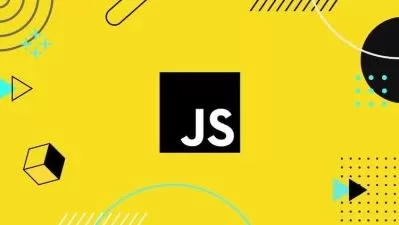JavaScript: The Critical Parts Masterclass
Steven Hancock
24:44:47
Description
JavaScript development in depth. The important WHY and HOW of critical JavaScript programming.
What You'll Learn?
- Critical JavaScript Concepts, Practices and Techniques
- Fundamental JavaScript Concepts: Engine, Heap, Call Stack and Event Loop
- Object Oriented Programming
- Functional Programming
- Critical Asynchronous Coding Patterns
- All Facets of JavaScript Modules
- Error Handling
- Critical JavaScript Shortcuts
- Execution Context and Lexical Environment
- Ubiquitous Nature of Objects
- Scope and Block Scope
- Type Coercion with Truthy and Falsey
- Callbacks
- Keyword this
- Using call, apply and bind
- First Class and Higher Order Functions
- Closure
- Critical JavaScript Patterns
- Immediately Invoked Function Expressions (IIFEs)
- Prototype Chain
- Constructors, Factory Functions and Classes
- Promises and Async Await
- Static Method for Asynchronous Patterns
- BigInt
- Arrow Functions and their Affects on the Keyword this
- And Much More
Who is this for?
What You Need to Know?
More details
DescriptionThis course focusses on and explains thoroughly the critical concepts and topics found in JavaScript. It dives into important fundaments that often get glossed over. And then takes on the more advanced techniques in JavaScript and explores them deeply. The course not only covers the HOW, it also focusses on the WHY in order to increase your understanding. The HOW and WHYÂ are both critical to becoming a top JavaScript developer.
At 25 hours of instruction, you will master JavaScript in a way only top JavaScript developers do. Here is why:
The course is taught by the lead trainer at All Things JavaScript, whose mission is to facilitate your journey from novice to expert.
The course is constantly updated with new content and new topics.
The course focusses on JavaScript, so you learn JavaScript fully without worrying about ancillary technologies.
The course explores how things work under the hood so your understanding is deep and relevant.
The curriculum touches multiple aspects of JavaScript.
The curriculum was developed over a period of several years.
If you want to improve your JavaScript skills, this course is for you!
The topics you will learn in this course are timeless and will continue to serve you for years in a promising career as a JavaScript developer. You will not find a course as detailed and as in-depth as this course and the concepts and topics taught will put you in the top of all JavaScript developers.
Who this course is for:
- This course was created specifically for any JavaScript developer that wants to develop a thorough understanding of JavaScript and how it can be used. A mastery of the concepts and topics in this course will put you in the top of all JavaScript developers.
This course focusses on and explains thoroughly the critical concepts and topics found in JavaScript. It dives into important fundaments that often get glossed over. And then takes on the more advanced techniques in JavaScript and explores them deeply. The course not only covers the HOW, it also focusses on the WHY in order to increase your understanding. The HOW and WHYÂ are both critical to becoming a top JavaScript developer.
At 25 hours of instruction, you will master JavaScript in a way only top JavaScript developers do. Here is why:
The course is taught by the lead trainer at All Things JavaScript, whose mission is to facilitate your journey from novice to expert.
The course is constantly updated with new content and new topics.
The course focusses on JavaScript, so you learn JavaScript fully without worrying about ancillary technologies.
The course explores how things work under the hood so your understanding is deep and relevant.
The curriculum touches multiple aspects of JavaScript.
The curriculum was developed over a period of several years.
If you want to improve your JavaScript skills, this course is for you!
The topics you will learn in this course are timeless and will continue to serve you for years in a promising career as a JavaScript developer. You will not find a course as detailed and as in-depth as this course and the concepts and topics taught will put you in the top of all JavaScript developers.
Who this course is for:
- This course was created specifically for any JavaScript developer that wants to develop a thorough understanding of JavaScript and how it can be used. A mastery of the concepts and topics in this course will put you in the top of all JavaScript developers.
User Reviews
Rating
Steven Hancock
Instructor's Courses
Udemy
View courses Udemy- language english
- Training sessions 204
- duration 24:44:47
- Release Date 2022/12/03










